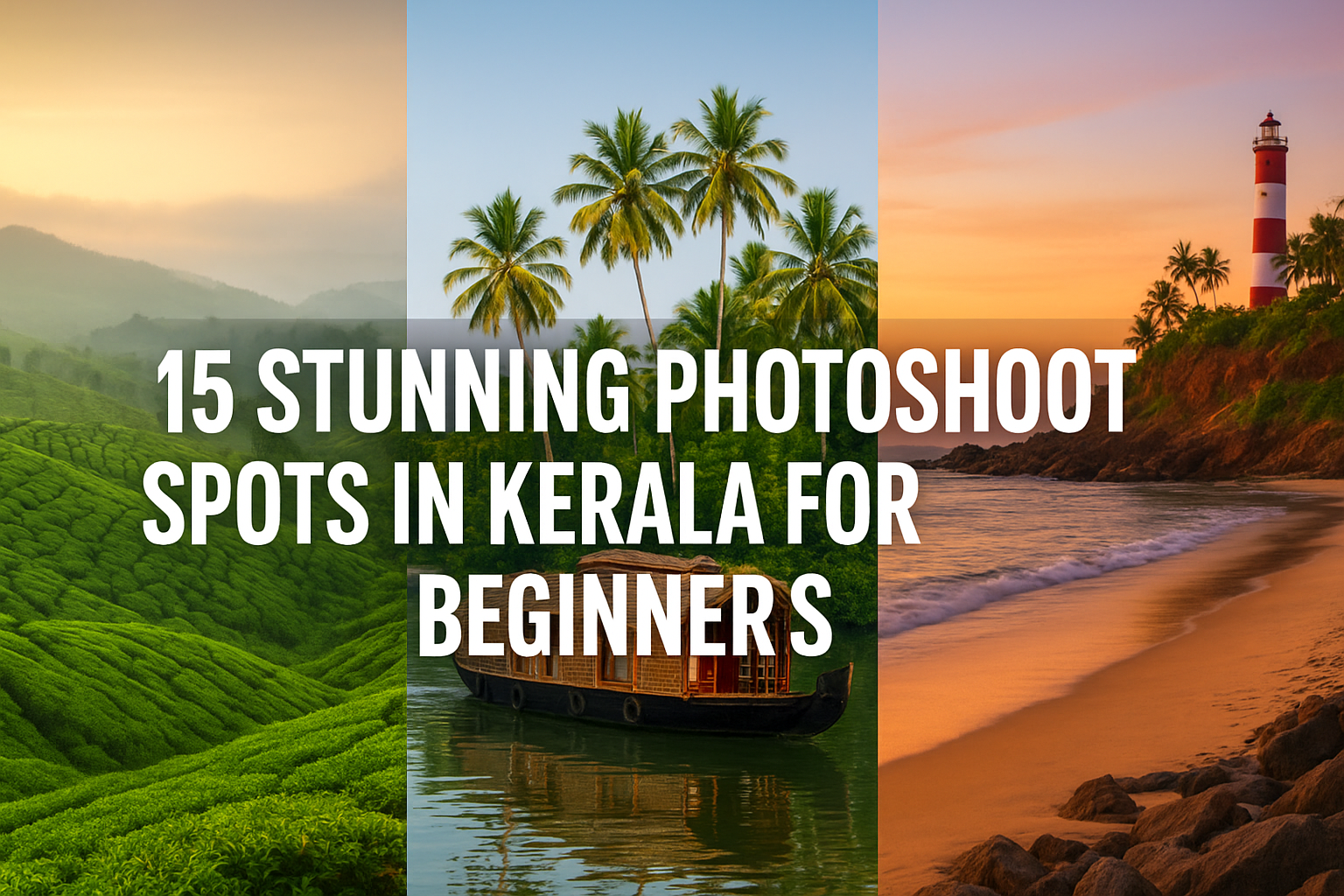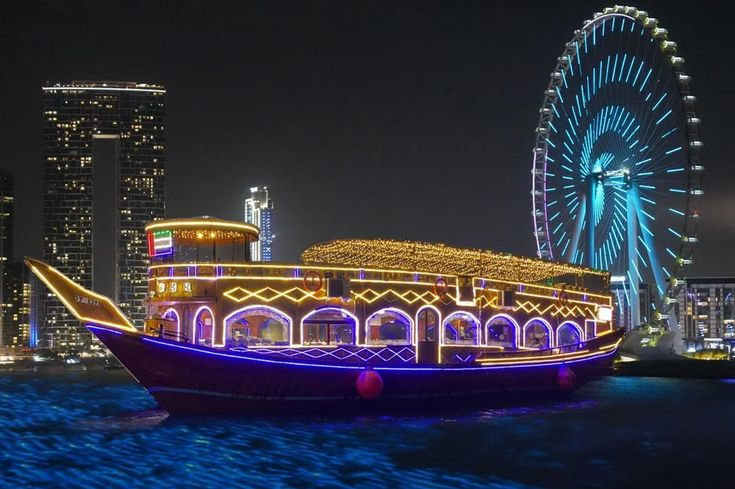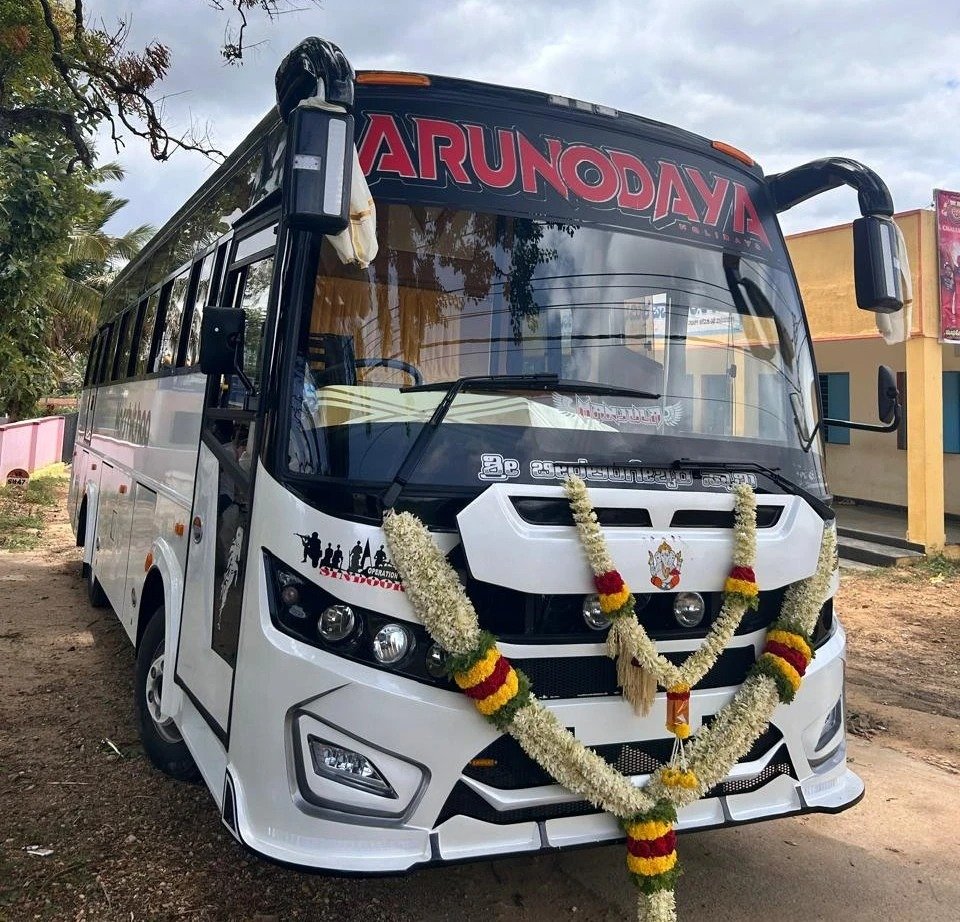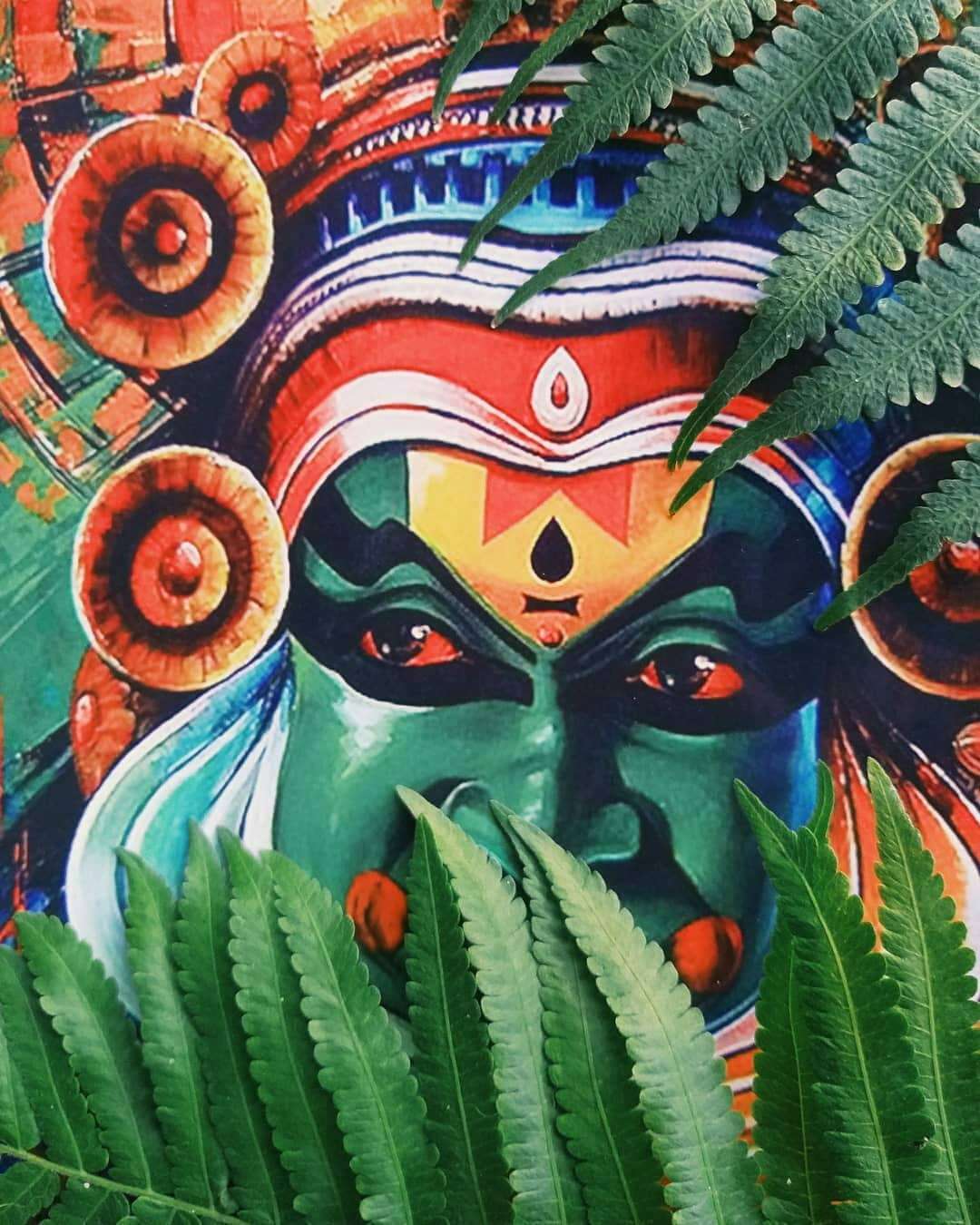
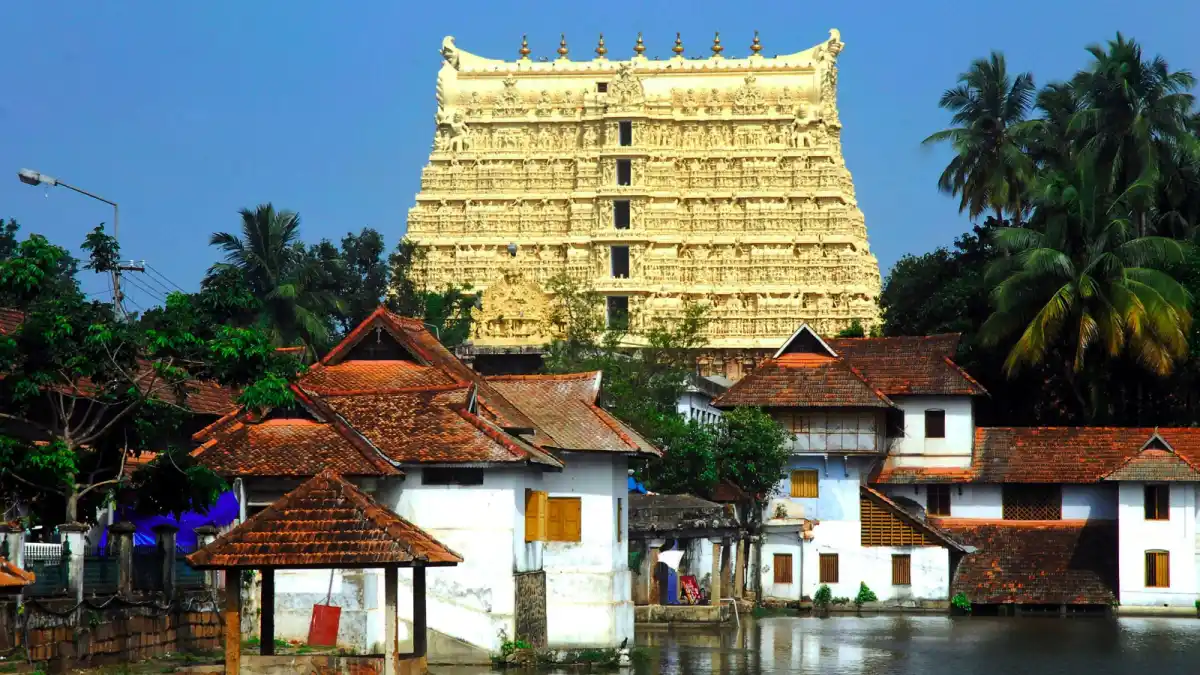
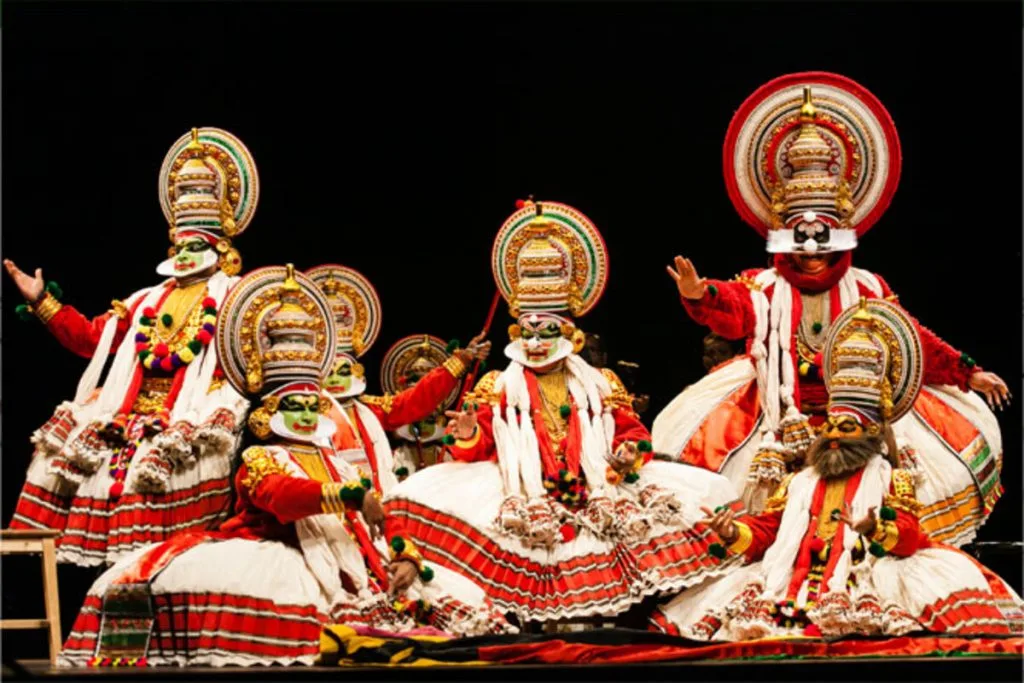
Kathakali – The Classical Dance Drama of Kerala
Kerala, the southernmost state of India, is renowned for its rich cultural heritage, and Kathakali is one of the traditional art forms that is deeply rooted in Kerala’s history and culture. Kathakali is a classical dance drama that originated in Kerala and has been around for centuries. In this blog, we will explore the fascinating world of Kathakali and discover what makes this traditional art form so unique and captivating.
Origins of Kathakali
Kathakali is believed to have originated in the 17th century, during the reign of the King of Travancore, who was a great patron of the arts. It is a blend of dance, music, and drama, and is known for its elaborate makeup, costumes, and facial expressions. The word ‘Kathakali’ is derived from two Sanskrit words – ‘Katha’ which means story, and ‘Kali’ which means performance. The dance form depicts stories from Hindu mythology and folklore.
The Performance
Kathakali performances are usually held in temples or specially built theaters. The performance begins with the ‘Melam,‘ which is a percussion ensemble that creates the background score for the performance. The performers then make their grand entrance, and the audience is immediately mesmerized by their elaborate costumes, makeup, and facial expressions.
The makeup of the performers is an integral part of Kathakali. It is known as ‘Chutti’ and is done using natural colors and dyes. The makeup enhances the performer’s facial expressions and helps them portray various characters.
Kathakali performances are usually based on stories from Hindu mythology, and the performance is divided into three parts – the ‘Thodayam’ or the opening, the ‘Vesham’ or the main performance, and the ‘Mudras’ or the closing.
The performers use intricate hand gestures known as ‘Mudras’ to convey various emotions and expressions. These hand gestures are accompanied by facial expressions and body movements, which make the performance mesmerizing and captivating.
The costumes worn by the performers are elaborate and colorful. They are usually made of silk and are adorned with intricate embroidery and jewelry. The costumes vary depending on the character being portrayed.
Impact and Significance
Kathakali is not just a dance form; it is a way of life for the people of Kerala. It has a significant impact on the state’s culture and heritage. The dance form is passed down from one generation to the next, and the performers are considered to be custodians of Kerala’s rich cultural heritage.
Kathakali has gained international recognition and is performed all over the world. It has also inspired other art forms, such as ballet, modern dance, and theater.
Conclusion
Kathakali is an art form that is deeply rooted in Kerala’s history and culture. It is a unique blend of dance, music, and drama, and is known for its elaborate costumes, makeup, and facial expressions. The art form has survived for centuries and continues to enthrall audiences all over the world. So, if you’re planning a trip to Kerala, make sure to include a Kathakali performance in your itinerary to experience the magic of this traditional art form.

